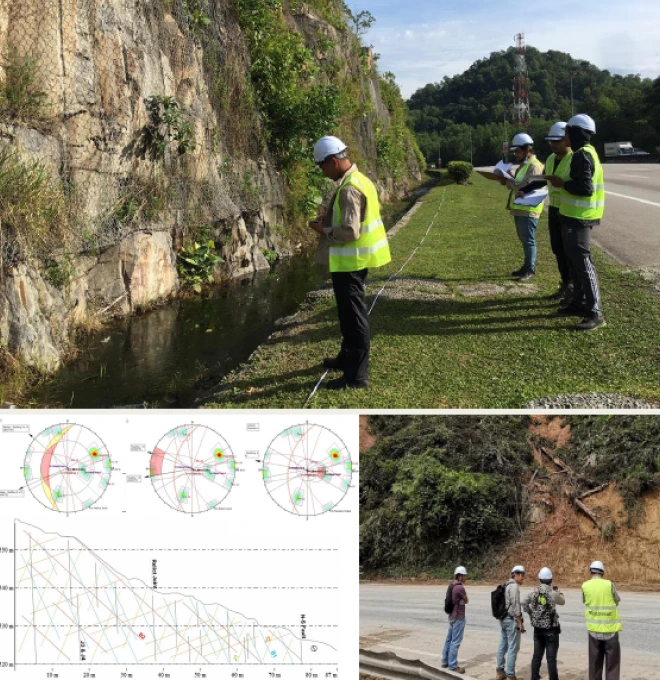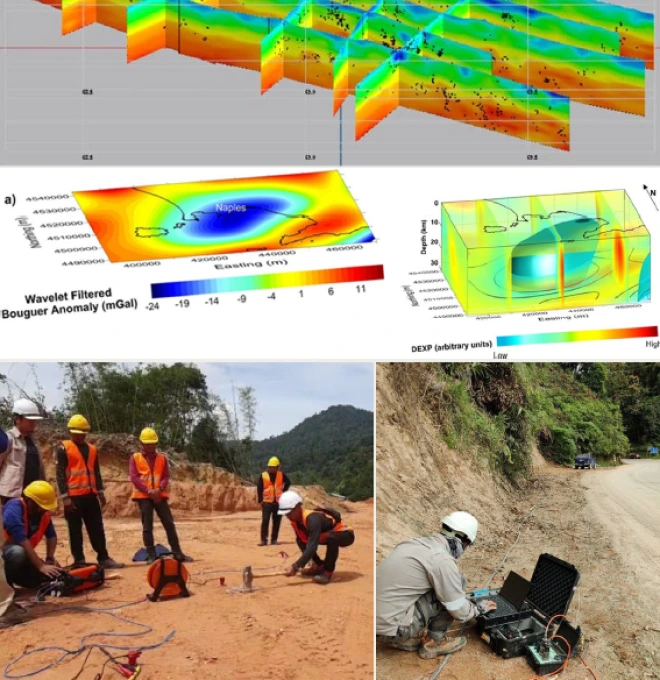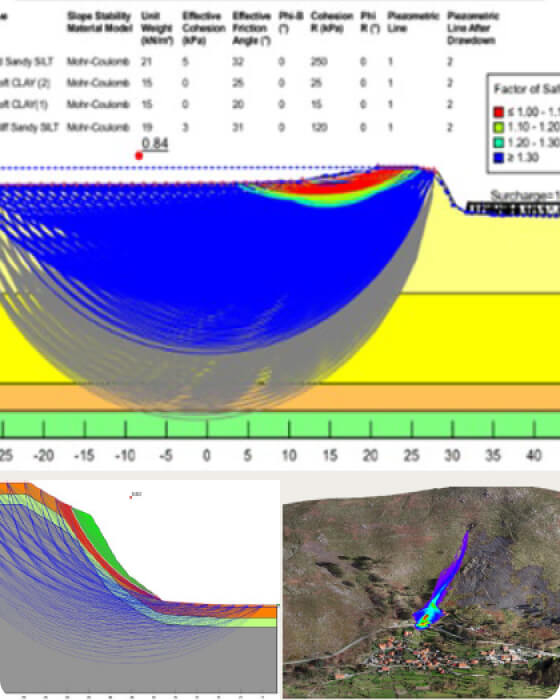Geo Engineering & Geotechnical Services

LiDAR
We offer LiDAR drone and airborne LiDAR services for precise terrain mapping and modeling, even in forested or challenging areas. Our LiDAR drones suit small to mid-sized sites, delivering fast, sub-meter accuracy for slope analysis, geohazard mapping, and earthwork planning.
For larger or remote sites, airborne LiDAR via aircraft provides wide-area coverage for geological mapping, flood assessment, and slope hazard zoning. All LiDAR data integrates with photogrammetry, MASW, resistivity, and soil investigations for a complete ground analysis.
Geoforensics Assessment


Geological Map Assessment
Slope Hazard


Electrical Resistivity
Aerial Photogrammetry Surveying


MASW (Multichannel Analysis of Surface Waves)
MASW is a non-invasive geophysical method used to determine subsurface stiffness and stratigraphy by analyzing surface wave velocities. It’s ideal for identifying soil layers, bedrock depth, and weak zones, making it essential for geotechnical site investigations, seismic hazard assessments, and foundation design.
Soil Investigation


Geophysical Surveying
Digital Shoreline Analysis System (DSAS)

Why Us?



Integrity | Dedication | Excellence | Adaptability
www.geotechnica.com.my
Navigation Panel
Contact Us
GEOTECHNICA SDN BHD
48-1, Jalan Aman Sinaria 4,
Bandar Tropicana Aman,
42500 Rimbayu, Selangor
Tel: 03-8683 6682
Email: admin@geotechnica.com.my
All rights reserved. Copyright © 2025 GEOTECHNICA SDN BHD
